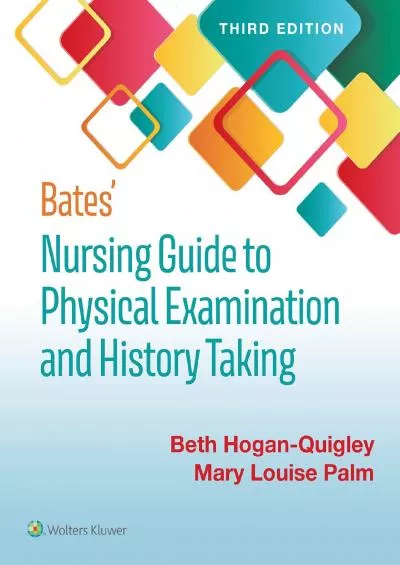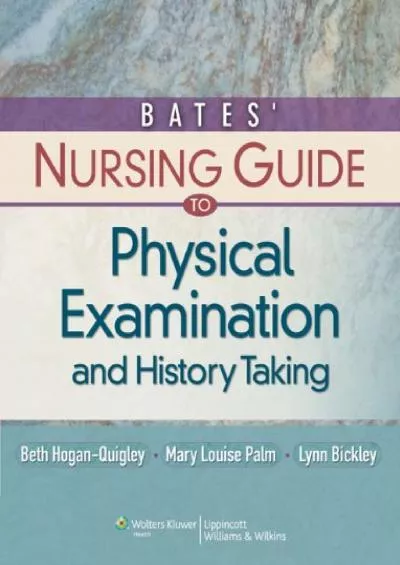PPT-Note-taking and Note- making
Author : dailyno | Published Date : 2020-08-26
LEAPS Summer School 2013 Induction Session outline Aim to cover Overview of notetaking and notemaking Explain the importance of taking and making notes and the
Presentation Embed Code
Download Presentation
Download Presentation The PPT/PDF document "Note-taking and Note- making" is the property of its rightful owner. Permission is granted to download and print the materials on this website for personal, non-commercial use only, and to display it on your personal computer provided you do not modify the materials and that you retain all copyright notices contained in the materials. By downloading content from our website, you accept the terms of this agreement.
Note-taking and Note- making: Transcript
Download Rules Of Document
"Note-taking and Note- making"The content belongs to its owner. You may download and print it for personal use, without modification, and keep all copyright notices. By downloading, you agree to these terms.
Related Documents

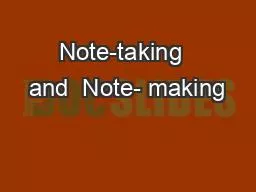


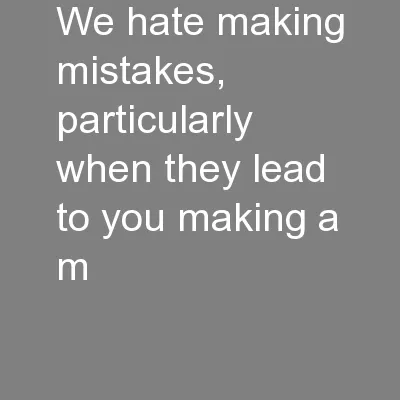
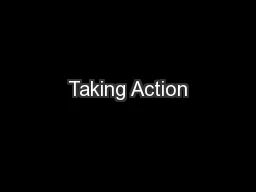
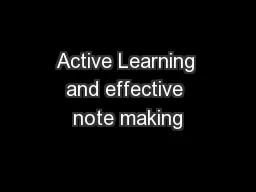
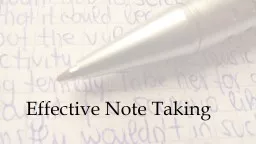

![[READ] - Cornell Notes Notebook: Note Taking with College Ruled Lines, Index and Numbered](https://thumbs.docslides.com/903302/read-cornell-notes-notebook-note-taking-with-college-ruled-lines-index-and-numbered-pages-floral-print-note-taking-system.jpg)
![[EPUB] - Cornell Notes Notebook: Note Taking with College Ruled Lines, Index and Numbered](https://thumbs.docslides.com/903546/epub-cornell-notes-notebook-note-taking-with-college-ruled-lines-index-and-numbered-pages-cherry-blossom-note-taking-system.jpg)
![[EPUB] - Cornell Notes Notebook: Note Taking with College Ruled Lines, Index and Numbered](https://thumbs.docslides.com/905361/epub-cornell-notes-notebook-note-taking-with-college-ruled-lines-index-and-numbered-pages-koi-note-taking-system.jpg)
